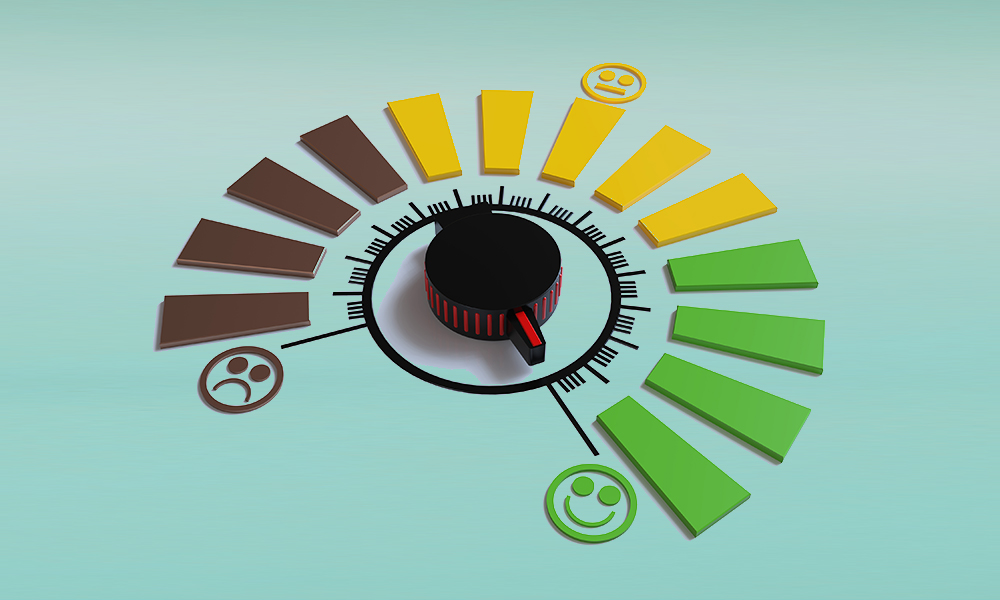The World Intellectual Property Organization (WIPO) has published its 2021 Indicators Report (WIPI Report 2021). In this article we will look at the main aspects of the document, which provides a detailed analysis of global trends in relation to filing, registration, validity and other aspects of intellectual property around the globe, as we did with the 2020 Indicators (see here and here).
The information contained in the WIPI Report 2021 is particularly relevant since it compares the 2019 Indicators with the 2020 Indicators. That is, it takes into account the pandemic and its impact on the development of new technologies worldwide. To start with, it was thought that the COVID-19 pandemic would lead to a slowdown when comparing the 2019 and 2020 figures. However, the data show otherwise.
Key global figures
These are the key global figures of the World Intellectual Property Indicators Report 2021:
- Patents: applications increased by 1.6% in relation to 2019 (2019: 3,224,200 vs 2020 3,276,700), mainly due to a substantial rise in filings by China. The information available reveals that 96,498 more applications were filed in 2020 than in 2019. Albeit to a lesser extent, applications also grew in other Asian countries such as: South Korea, Hong Kong and India. In 2020, China accounted for 45.7% of the total number of applications worldwide.
- Utility models: applications continued to rise substantially in 2019, growing by 28.1% (2019: 2,341,110 vs 2020: 3,000,110). This was due mainly to China, which grew by 29% and represents 97.6% of the total number of applications worldwide.
- Trademarks: applications grew by 13.7% (2019: 15,130,000 vs 2020: 17,198,300), again driven by China, which grew by 19.3% and represents 54.3% of the total worldwide. The US also witnessed considerable growth, rising by 29.4%, although it only represents 5.1% of the share of the world total;
- Industrial Designs: filings grew by 2% (2019: 1,361,000 vs 2020: 1,387,800). As opposed to 2019, growth was due to an 8.3% increase in applications in China and not in the European Union (EUIPO), where filings decreased by 0.1%.
The Top 5 worldwide and a snapshot of Spain, Portugal and Latin America
With respect to filing activity worldwide, the WIPI Report 2021, provides confirmation that applications are concentrated in certain countries. Focusing solely on patents, trademarks and industrial designs, the results are as follows:
TOP 5 worldwide
| Position in the ranking | Patents | Trademarks | Industrial designs |
| 1 | China | China | China |
| 2 | U.S. | U.S. | South Korea |
| 3 | Japan | Iran | Germany |
| 4 | South Korea | Germany | U.S. |
| 5 | Germany | Japan | Italy |
Source: Prepared in-house based on the WIPI Report 2021.
As in previous years, China’s leadership stands out. Italy’s emergence in the classification, which did not occur in 2019, should also be underscored. Finally, the case of Iran is striking – a country which in the WIPI Report 2020 was in fifth position, climbed to third place in this report.
Looking at Spain, Portugal and Latin America together, Spain is still in the best position (no. 22 in patents, no. 17 in trademarks, no. 11 in designs), followed by Brazil (no. 26 in patents, no. 12 in trademarks, no. 20 in designs), Mexico (no. 33 in patents, no. 16 in trademarks, no. 40 in designs), Portugal (no. 36 in patents, no. 31 in trademarks, no. 27 in designs), Argentina (no. 45 in patents, no. 22 in trademarks, no. 39 in designs), Chile (no. 50 in patents, no. 23 in trademarks, no. 76 in designs), Colombia (no. 58 in patents, no. 34 in trademarks, no. 62 in designs) and Peru (no. 78 in patents, no. 38 in trademarks, no. 87 in designs).
Status of patents in 2020
As mentioned, applications increased unexpectedly by 1.6% worldwide. This was naturally due to a considerable rise of 6.9% in China, a country that now represents 45.7% of the world total. Growth in other Asian countries such as South Korea and India is also highlighted. However, this did not occur in other countries, such as the United States, which witnessed a drop in applications of 3.9%.
The same trend as in 2019 was observed in national and regional IP offices, that is, the majority of patent applications worldwide were received by Asian offices. 66% % of applications worldwide were concentrated at these five offices. The figures for North America and Europe were 19.3% and 10.9% respectively.
It has still not been possible to ascertain whether the computer technology field continues to dominate patent filings worldwide. It will be interesting to see the effect that the COVID-19 pandemic has had on the pharmaceutical industry in particular.
In 2020, 1.6 million patents were finally granted worldwide (headed once again by China, with 530,127). This represents a 6% increase on 2019. The U.S. in turn continues to head the ranking of patents in force (with 3.3 million), followed by China (with 3.1 million).
Another interesting figure is the percentage of rejected applications. Countries such as Brazil, Germany and the United States granted less than 42% of the applications they received in 2020. In addition, although there was only a marginal decrease in the number of applications pending with respect to 2019, there was a considerable reduction in countries such as Brazil and India (-20.8% and -23.4%, respectively).
Finally, the use of the PCT (Patent Cooperation Treaty) system, which allows patents to be registered simultaneously in different countries, saw a 4% increase with respect to 2019. China is in the lead here, which increased its applications using this system by 16.1%.
Participation of women
Once again, the WIPI Report 2021 underscored the progress made in the number of women participating in the patents system worldwide. Although there was a slight increase of 0.2% in the use of the PCT system, women continue to account for only 16.5% of all inventors listed. The good news is that the proportion of women investors has grown in every region of the world over the past decade. The countries with the biggest female presence were Spain (27,2%), China (22.4%) and South Korea (20.5%). Conversely, the countries with the smallest female participation were Germany (10.5%), Japan (10.4%) and Austria (8.1%). Women inventors had a bigger presence in life sciences patents, in particular, in the fields of biotechnology and pharmaceuticals.






